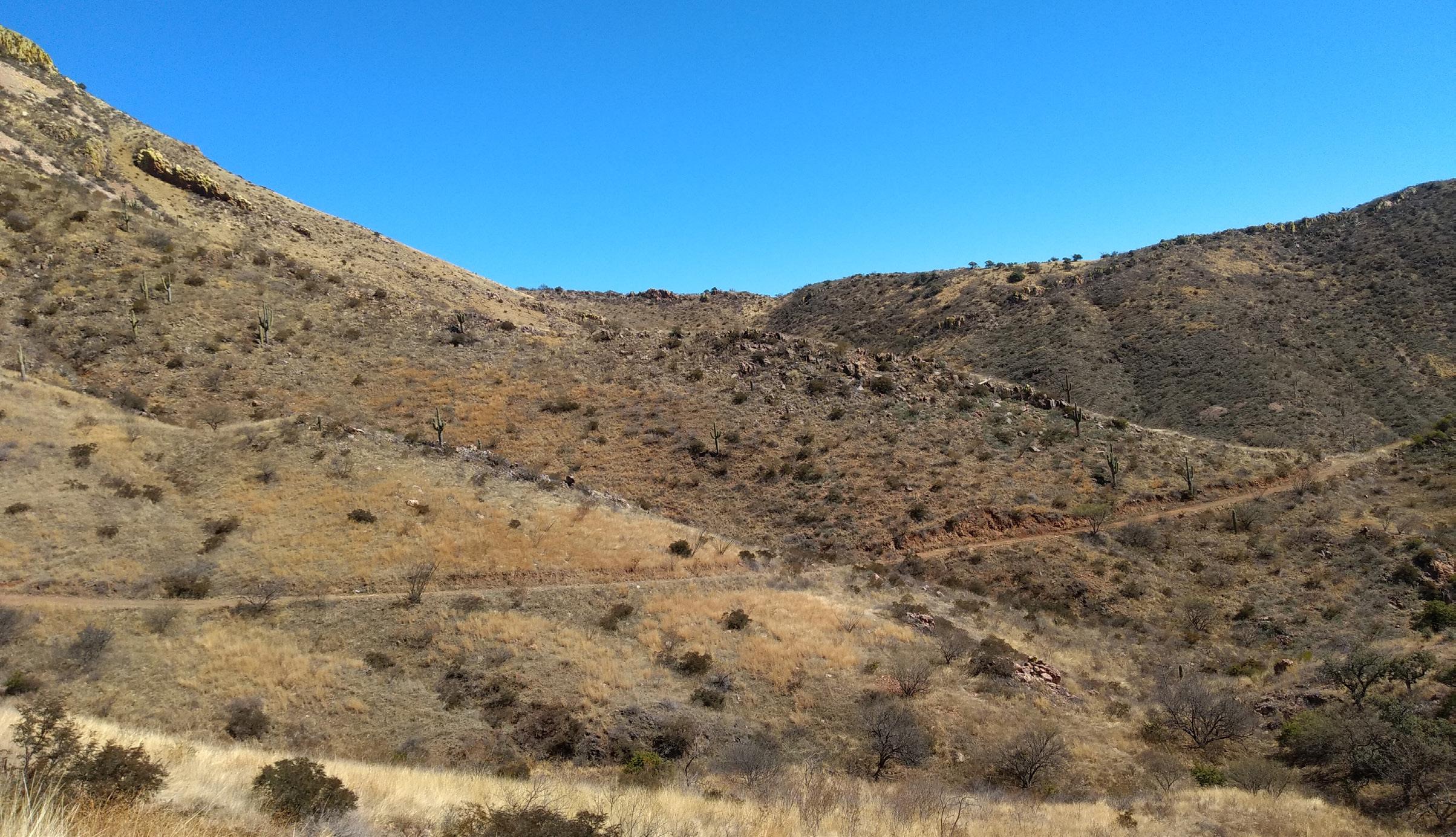
40 minute read
Exploration & Development
2Exploration & Development
Mexico is among the world’s most important exploration and development destinations for the mining industry. The country is rich in minerals and has a strong mining culture that contributes to profitability. New techniques and technologies are opening the door to improved and more precise exploration, and Mexican miners are eager to seize the emerging opportunities. In terms of new project development, mining companies continue to build new mines but at a slower pace as the optimization and expansion of existing assets are further analyzed.
New trends to achieve responsible mining are being explored. By implementing ESG practices, mining companies become more efficient, socially responsible and sustainable, which is necessary to reduce risks and adapt to the new challenges of the industry. The Mexican mining sector is embracing these ESG trends as important projects get underway in 2021, many of which were delayed due to COVID-19.
However, the pandemic has not been the only challenge for the industry. Exploration has slowed dramatically since the elimination of the deductibility of preoperational and exploration expenses with the 2014 reform, causing a 40 percent decrease in investment for exploration. Additionally, the negative view of the López Obrador administration toward new concessions has made it difficult to continue developing projects in the country.

2Exploration & Development
24 Analysis
No Exploration, No Industry
25 View From the Top
Alberto Orozco | CEO of Capitan Mining
26 View From the Top
Jorge Ramiro | CEO of Reyna Silver
27 View From the Top
Arturo Bonillas | President and CEO of Magna Gold Corp
28 View From the Top
Alan Pangbourne | CEO of Chesapeake Gold Corp.
29 View From the Top
Douglas Covey | Vice President, Corporate Development of Defiance Silver
31 Analysis
Government Misses the Point on Lithium
32 Conference Highlights
Leadership in Mining and How It Breeds Success
33 View From the Top
Sergio Sáenz | General Manager of Minera Camino Rojo
34 Roundtable
How Is the Company Driving Mexican Assets and What Defines Your ESG Approach?
36 View From the Top
Luis Felipe Medina | Director General of Agnico Eagle Mexico
38 View From the Top
Naresh Singh | Country Manager of IMR
39 Spotlight
Cerro Caliche a Potential Dynamo
40 Content Links
No Exploration, No Industry
Read the complete article President López Obrador has been adamant about not authorizing new mining concessions to private investors during his administration. While many analysts have interpreted the president’s decision as a bold and favorable move for the nation’s sovereignty, the cost could be higher than most predict.
“We have not granted any mining concessions because it is not necessary,” said López Obrador in March, while addressing journalists gathered at his daily press conference. “Our territory has 200 million ha and 120 million ha were granted (for concessions) during the neoliberal mining exploitation period. When will we finish exploiting 120 million hectares?”
The president’s address to journalists related to the conflict between companies like First Majestic Silver Corp and Americas Gold and Silver Corporation that have clashed with the government for various reasons. Among the most important has been the president’s claim that miners are “not paying taxes,” despite the sector’s significant contributions to the country’s industrial GDP. “The economic spillover from mining in Mexico is US$9.8 billion,” explains Fernando Alanís, President of CAMIMEX. “This sum includes taxes paid and the purchases that come from approximately 9,600 national suppliers. This is real money that boosts the economy,” said Alanís, who based his viewpoint on an independent audit by PwC. The report says that unlike other mining jurisdictions similar to Mexico, such as Chile or Peru, there will be a tax increase this year.
According to Mexico’s Mining Law, concessions are granted for a term of 50 years, with extension options. It is important to consider the amendments to the Mining Law that worry many industry players, since they would allow the Mexican Geological Service to carry out social impact studies on concessions already granted, while the Ministry of Economy could declare exploration and exploitation zones null and void due to negative social impacts. “Although these consultations already exist in other countries, such as Peru, where they came into force in 2012, this measure implies a cost in time, which also increases uncertainty regarding the possible approval of the concession if a satisfactory agreement is not reached between mining companies and the communities,” reported Moody’s in January.
In addition to a global economic recession that has affected world economies, the COVID-19 crisis brought an increase in the demand for minerals and metals in industries such as pharmaceuticals, which has turned its eyes to the world’s top mining countries, including Mexico, one of the world’s main producers of gold, silver and copper. During the López Obrador administration, no concessions have been granted. Important lithium reserves have also been discovered in the country and the government now wants to protect the metal. To shield these large deposits, the government intends to keep four concessions so the Mexican Geological Service can evaluate lithium exploration in three states: Puebla, Sonora and Jalisco. “We are evaluating the best options for the use of these mines. Everything will depend on the results of the exploration,” said Francisco Quiroga, former Deputy Minister of Mining in a press conference shortly before López Obrador reaffirmed his decision not to authorize any concessions.
Alberto Orozco
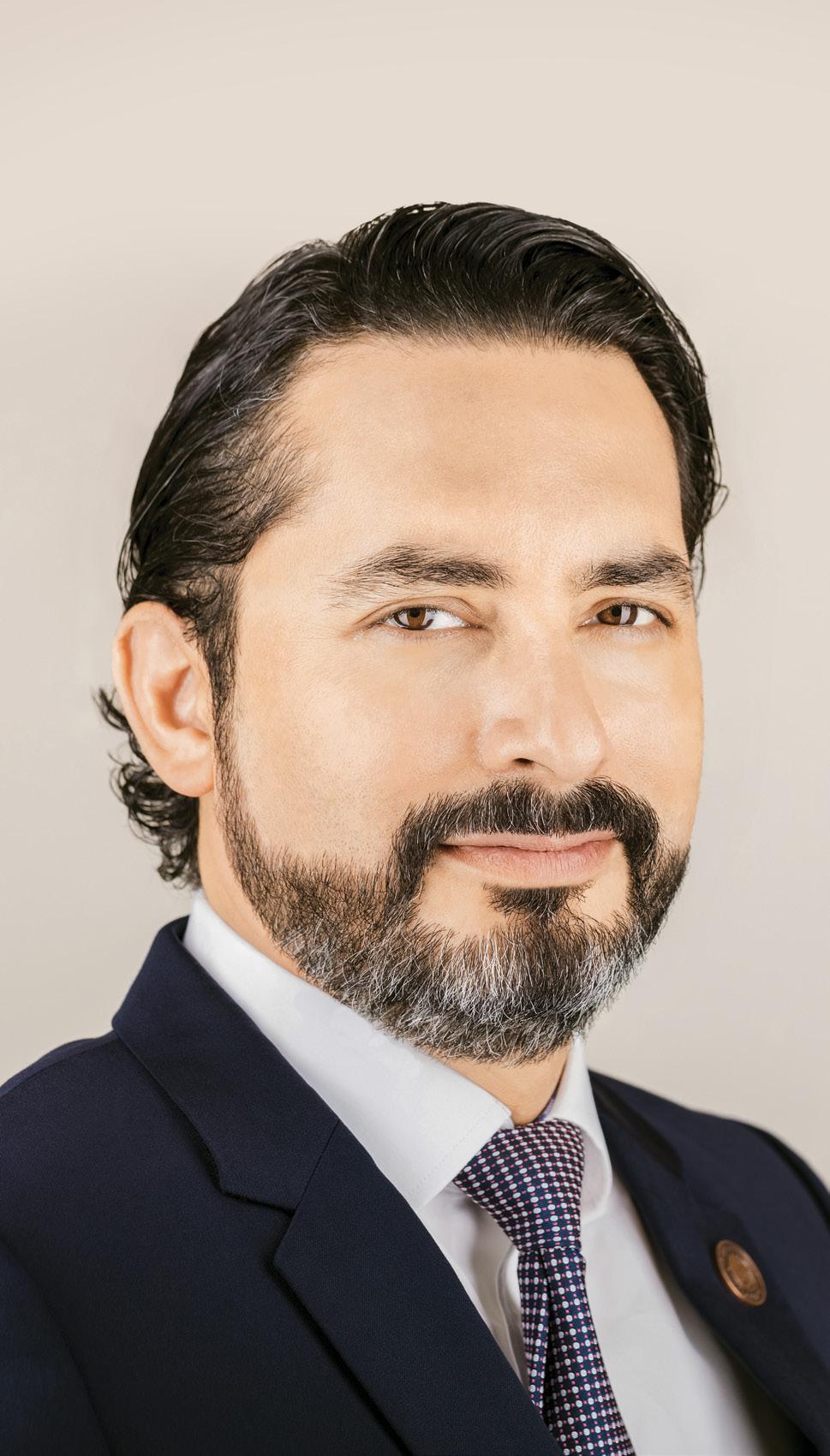
CEO of Capitan Mining
Capitan Mining: Recharging Mexico’s Au, Ag Pipeline
Read the complete article
More about this person Q: What opportunities did you identify when launching Capitan Mining?
A: It is a good moment to start a new company. The mining market had been depressed since 2013. It has been especially hard for exploration, resulting in a depletion of the project pipeline. However, we have now entered a bull market. Capital can be raised and many companies that are listed on the TSXV have chosen to invest it in Mexico. More companies would bring their resources if the country’s investment conditions improved.
As a result of a thinning project pipeline, there is a need in Mexico for quality projects that have a certain degree of maturity and can be viably developed into a mine. The Peñoles project meets these conditions. Importantly, we have the right team for the job. We have been working on the project for 16 years with Riverside Resources.
Capitan Mining is an exploration company. We will develop Peñoles until we have a PEA. That is the goal right now. Nonetheless, we have the capacity and experience to bring the project into production.
Q: What is the history of Peñoles and what are its main characteristics?
A: Riverside found Peñoles almost unexplored. It optioned the project to another company, Sierra Madre, in the 2010s. The company worked on defining a mineralization body but the market was not interested. Sierra Madre passed the project on to Morro Bay Resources, which published the first resource estimate. But, again, the market was unenthusiastic and it returned to Riverside with 10,000m of drilling and an inferred resource of approximately 500,000 AuEq. The Peñoles project reached a stage that was too advanced for what Riverside usually does, so we decided to spin off and form Capitan Mining.
Peñoles has a strong exploration upside. It has 2,200ha of property with other targets that can add mineralized zones. As of now, the current inferred mineral resource has been estimated for an open-pit, heap-leach operation.
We also have intercepted some high grades that show potential for an underground resource. Our goal is to expand the resource. Peñoles has the potential to significantly increase the resource in the short term. Moreover, Peñoles is located in a mining area and Durango is a mining-friendly jurisdiction.
Q: What does financing look like for the Peñoles project and how will that impact its development?
A: We have completed our inaugural financing. It is a private placement. We raised C$3.84 million at 20 cents per share. Capitan Mining now has 36.7 million shares, with 17.5 million of them owned by Riverside’s shareholders. We will be listing on the TSXV starting in September. We want to carry out a step out drilling program to define the mineral resource’s real size. We are confident that the resource will grow in the coming months.
Jorge Ramiro
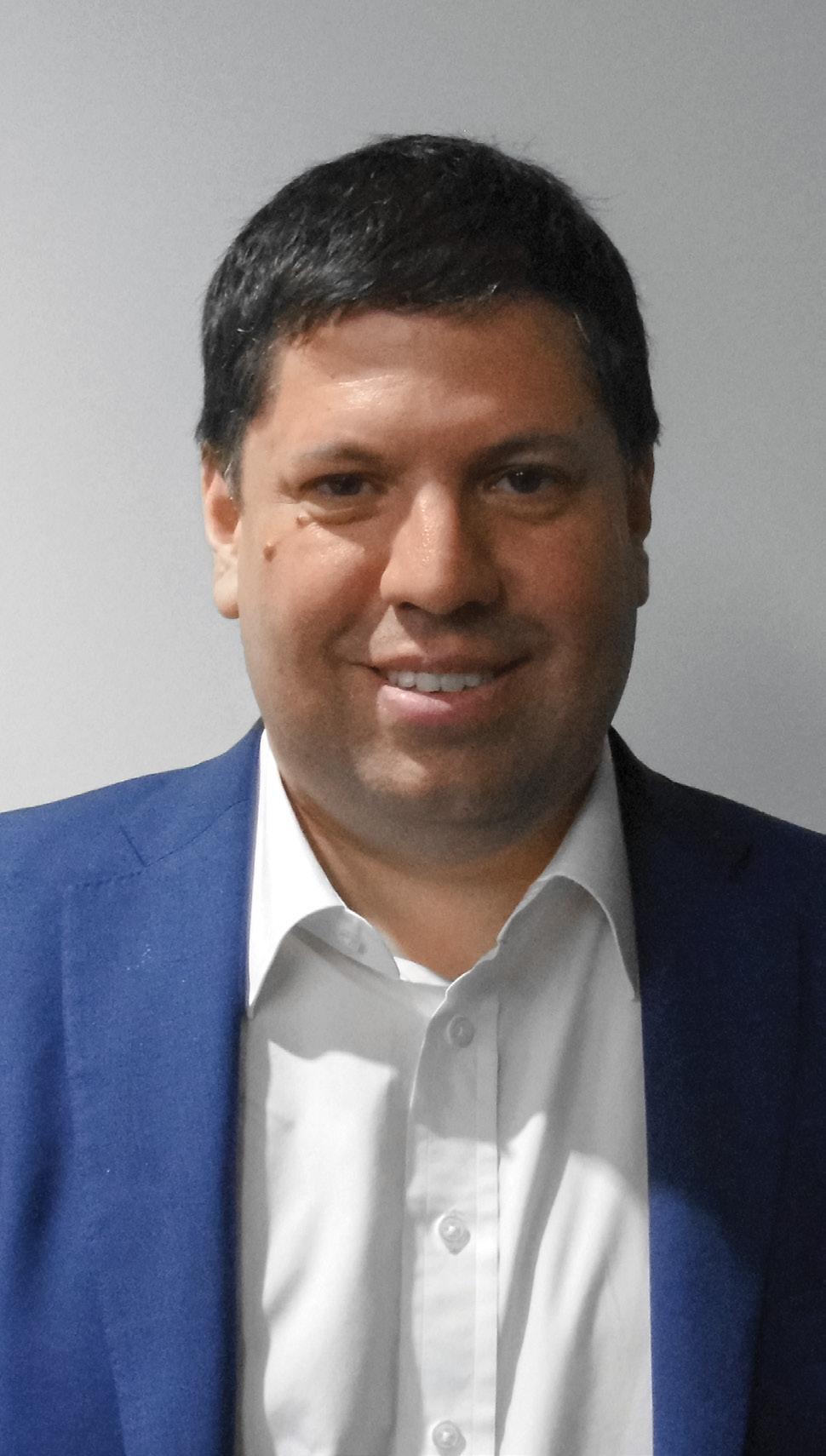
CEO of Reyna Silver
Finding Gold in High-Grade Silver Mining Districts
Read the complete article
More about this person Q: What characteristics make Mexico an ideal place for mining exploration, especially in the state of Chihuahua?
A: The geology of Mexico is exceptional because it hosts many mining districts, but Mexico itself is a truly exceptional mining jurisdiction. It is a great place to operate because it has a great deal of exploration potential.
Another benefit is that for more than 400 years, the Spanish undertook very intense mining activities in Mexico. All that hard work left us with an excellent guide to continue with modern exploration activities. For the most part, Chihuahua is a dry state year-round, which is beneficial because it is very suitable for satellite imagery exploration and prospecting efforts.
Q: What makes Reyna Silver’s Guigui a unique and flagship asset?
A: Guigui is located at the heart of Mexico’s largest covenant replacement system. It has 500Moz of silver, where the average rate of silver is 310g/t with 15 percent lead-zinc combined with a very high tonnage.
What is unique about the Carbonate Replacement Deposit (CDR) system is that only the top part has been found. The skarn part of the system usually has the richest mineralization. Peter Megaw, our Chief Technical Adviser, believes that the heart of that skarn sits within our property. Typically, the upper part of these systems, which is a senatorial line in the bloodstream, produces 500Moz of silver. Therefore, we think that this skarn has at least this amount.
Q: What were the main opportunities that the company identified at Batopilas?
A: Batopilas is a fascinating project. It has about 350Moz of silver, where the average grade of silver is 1.5kg/t. When we took over the project, we wanted to focus on validating its district-scale potential. Therefore, we explored in the north where the historical production was located and obtained some fantastic results. Additionally, through trenching and sampling we discovered two new lanes.
We are in the process of finalizing our drilling permits and we expect to announce the start of that 5,000m drill program shortly.
Q: The company found high grade gold on its property for the first time. What impact will that have on the company’s plans for Batopilas?
A: We were very surprised to find gold – this is the first-time gold has been found there. MAG Silver drilled the project and it did not target gold because in the historical production data there is no record of the mineral. As a result, we have analyzed part of the historical core and some selected areas that are close to where gold was discovered.
We look forward to analyzing Batopilas over the next several months to understand what this gold discovery represents for our plans.
Arturo Bonillas
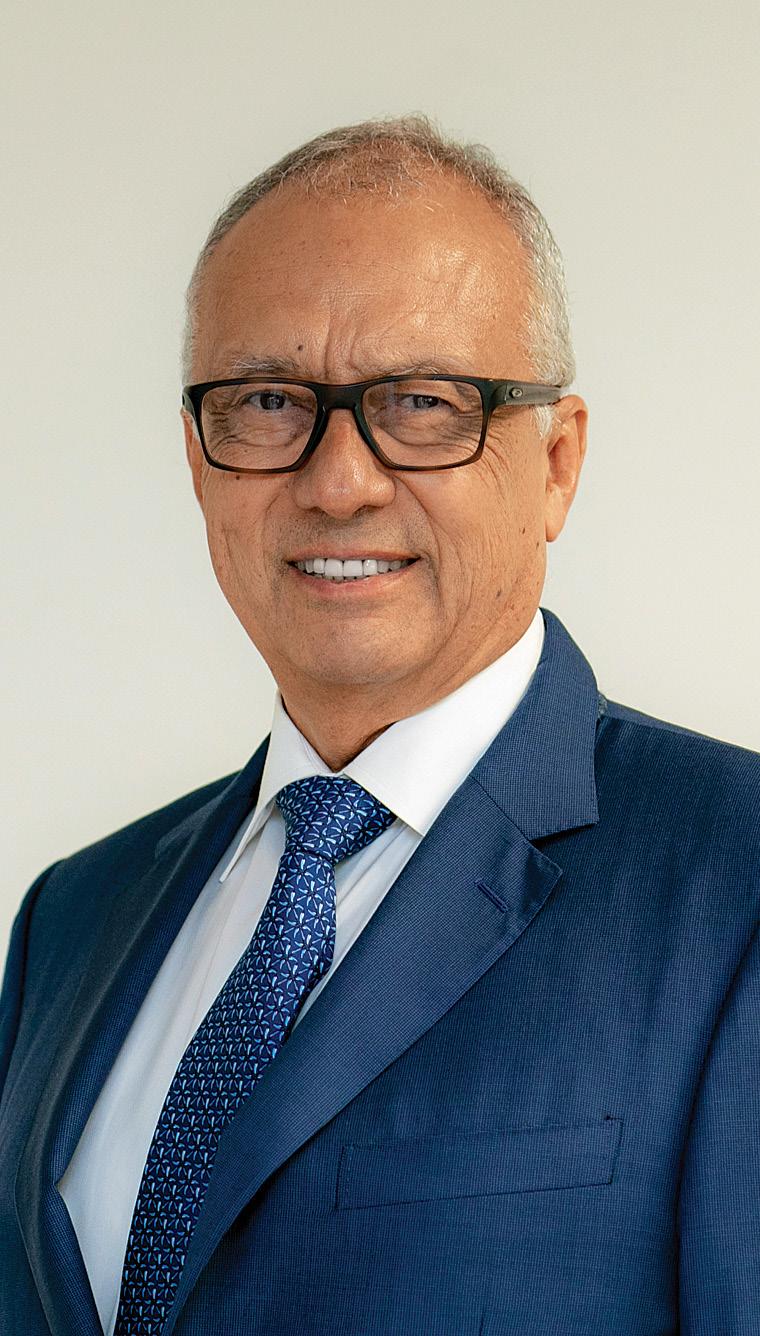
President and CEO of Magna Gold Corp
Magna Gold: A Growing Gold Producer in Mexico
Read the complete article
More about this person Q: What is the history behind Magna Gold Corp and the San Francisco mine?
A: We created Magna Gold Corp two years ago. It is a Mexican company with Canadian capital: the top leadership and workforce are Mexican. At the time, we were an exploration company with a project in the Sierra Madre Occidental. It was a new company, with a highly experienced management team in all phases of mining projects in Mexico.
We now operate, produce and explore in the country. In 2019, our market cap on the TSXV was about US$12 million. At present, we are nearing the US$100 million mark. To achieve this, we acquired the Mexican subsidiary of a Canadian company, Alio Gold Corp, which used to be Timmins Gold Corp. Part of our management team founded Timmins Gold Corp in 2005 and acquired the San Francisco mine. The mine was abandoned, and Timmins Gold Corp brought it into production in 2010.
Magna started a new operation and production results have been strong. We are undertaking an optimization plan for San Francisco to increase reserves. In 2020, we released a prefeasibility technical report that shows a geological resource of 1.43Moz of gold and an eight-year production plan that mines 760,000oz and produces 530,000oz of gold over that period.
Magna continues to carry out an aggressive drill program and optimization studies to increase mine life and reduce costs. Our goal is to have gold and silver reserves totaling 5Moz and for 2023, is to produce 200,000 gold oz per year with several mines in operation.
Q: What are the main problems that Magna Gold Corp inherited from San Francisco’s former owners and how are you solving them?
A: There were three main issues that needed to be addressed. We needed to consider large tonnage deviations, low metallurgical recoveries and operational disarray. In their laudable intention to optimize the mine, they did not plan correctly for the very short term. The long-term planning was reasonable but open pit mining is about making a series of precise short-term moves.
The need to find available ore began to exert pressure on the management team, who decided to focus on areas with exposed mineral outside of the original plan, neglecting other important areas. We have resolved all those issues through new planning and executing with the right people.
Q: What are Magna Gold Corp’s exploration plans and how could they impact your production goals?
A: The San Francisco purchase agreement included a concession package of around 41,000ha. The concessions contain high grade silver in addition to gold. Employing focused exploration to expand our geological and mineable resource is a priority. We are currently carrying out infill and expansion drilling in and around our two operating open pits and expect to add at least 250,000oz by year’s end.
Alan Pangbourne
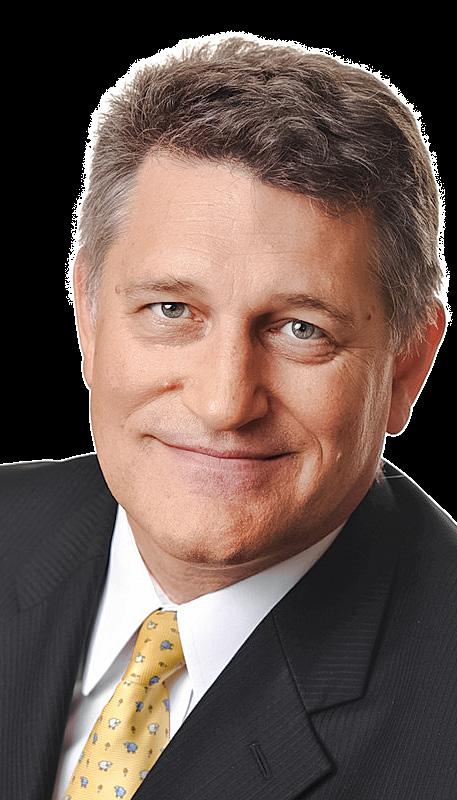
CEO of Chesapeake Gold Corp.
Merger Unleashes New Tech to Lower Operational, Capital Costs
Read the complete article
More about this person Q: How will the acquisition of Alderley Gold Corp impact the Metates project?
A: We purchased Alderley because we wanted a technology that would allow us to heap leach the refractory sulfide and recover the gold and silver through that process. This technology will have a massive impact on lowering the project’s capital and operational costs. In addition, it is more environmentally friendly because it uses less water and power. The most important advantage is that there is no tailings dam associated with it. The technology is ready to be deployed and does not need to undergo a significant adaptation process in Metates. This is because the technology is not necessarily new; it has been used for the last 30 years in the copper industry. However, some degree of adaptation will be necessary.
We need to work over the next 18 to 24 months, especially on ore samples sourced, to make sure we understand how well the process works and what our final recoveries will be, along with other operational variables.
In a way, we are speeding up nature. Sulfides do not want to be or stay sulfides; sulfides oxidize naturally. The biggest difference between what we do and what the copper industry tends to do is that we do it in an alkaline environment as opposed to an acidic one.
Q: What is the status of your Metates project and what are the next steps?
A: Two and a half years ago, I founded Alderley Gold Corp with three partners. We started talking to Chesapeake Gold about a year ago and that culminated with the deal in January 2021. We took over management and we are now moving the project forward. We plan to have an updated prefeasibility and scoping study for the heap leach process that will be released in June or July 2021. This will be the first time that investors will have a chance to see the hard numbers behind this new process and how they will change the economics of the project.
We already have a permit to drill more holes and the work has already started. We are planning to drill around 2,500m to get samples that we can bring up to a lab in Vancouver and perform the test work.
Q: What are your most important shortterm concerns and goals?
A: We are concentrating our efforts on finishing all the background test work and generating data. We have US$35 million in the bank, which is enough to complete all feasibility studies, which we expect to finish by 2023. Before the feasibility study is done, we can start the permitting process with Durango’s government and the federal government to start operations in 2026. Moreover, the technology is applicable to other ore bodies beyond the Metates project. We spent years looking at all sorts of different projects where the technology could be best applied. Now, we want to return to some of those projects and see if we can make some deals and expand our portfolio.
Douglas Covey
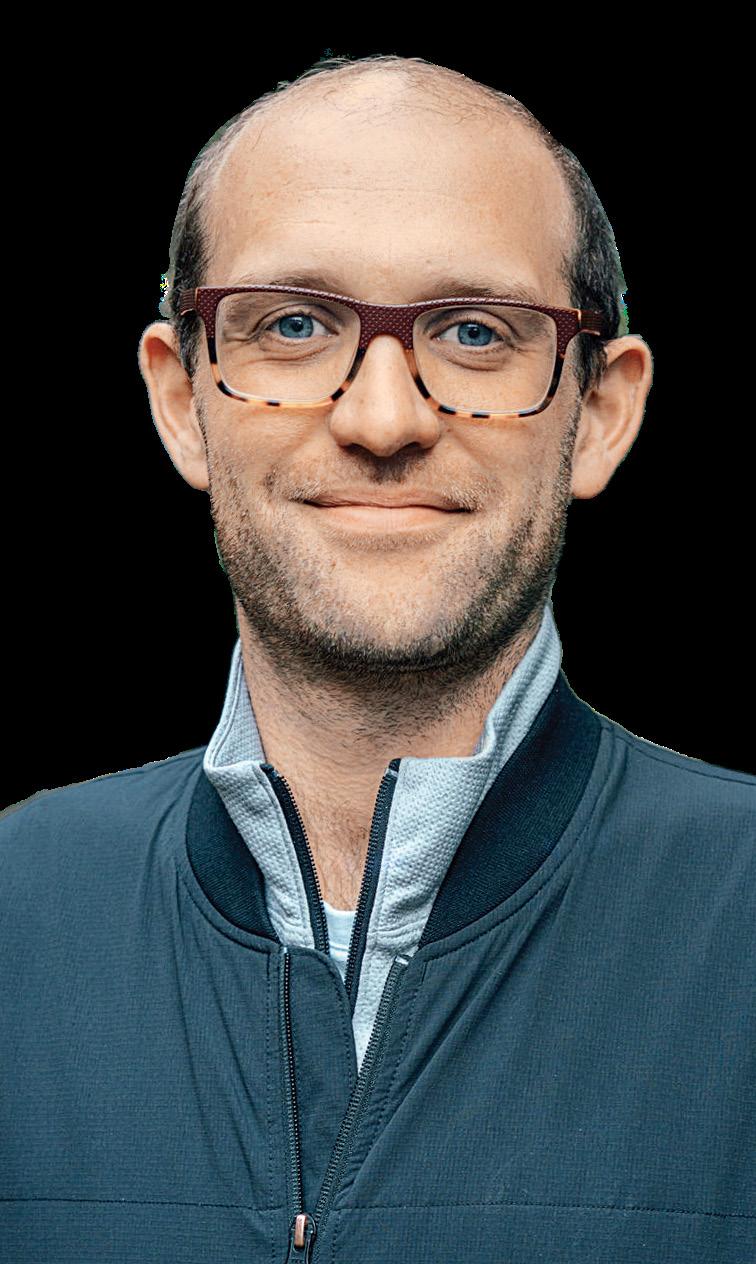
Vice President, Corporate Development of Defiance Silver
Taking Advantage of Industry Downtime to Boost Operations
Q: How has the COVID-19 pandemic become an opportunity for Defiance Silver to re-evaluate its projects and the company’s main investment targets?
A: COVID-19 was very much that black swan event in the world that has had an adverse outcome for many communities. Mexico has had a very difficult situation with the virus. We were fully operating with technical and exploration work in March and then the pandemic hit full speed. We sat down and discussed the situation and made the decision early on to pull our crews off our projects before the federal decree from the federal government was announced.
This time presented an opportunity for Defiance to really dig into the data and assemble all of our targets and 3D models with both in-country teams and executive level staff. This desktop time gave us an opportunity to put together a larger 12-month plan to restart operations once it was safe and with appropriate health and safety protocols in place. This was very fruitful for us because we were able to establish really good targets and plan the drill program. We were then able to start reaching out to drill contractors and start putting together our drilling permits and amendments to cover where we wanted to have certain drill pads and access roads built. We were able to make the best out of a difficult situation.
Q: The company’s modeling has shown significant resource potential at depth in San Acacio, where it started drilling in December 2020. What have been the major discoveries?
A: Our 3D modeling done in January showed us that this mineral system is long-lived, with many fluids coming through carrying precious and base metals that have been deposited over a long period of time. There were multiple pulses and we saw that there was a great deal of high-grade mineralization in what was a large mineral system. We also noticed this system had never been tested at that depth and there were hundreds of meters in the heart of the camp that had never been tested. If they had, it was not done correctly. Because of this, there was no background structural model or structural geology. Nevertheless, it is a complex system and the initial test left many really key questions to answer. That is what we have been following up. What we discovered was a very long system, multiple pulses of mineralization and mineralized structures in a number of different domains.
Q: What does the company expect to find with the potential expansion of its 5,000m drilling program to 10,000m at San Acacio?
A: We have completed over 5,000m already, thanks to a great partnership with Major Drilling, which has been an excellent company to work with. We will do more drilling, get the data integrated, analyze it and follow up with the remaining meterage. We have always operated with the same mandate: in a linear fashion, we address the targets, test the targets and follow up. We want to wait until we get some additional results back before deciding where to drill next. Once we move forward, we do have a pipeline of targets that include part of the acquisition we did with Pan American Silver when we saw an option to acquire their Zacatecas district landholdings.
Q: What factors make Tepal a valuable and attractive project for Defiance Silver?
A: It is a well-known asset that has been around for 50-plus years. It has a very different discovery profile or pipeline than your traditional silver-gold-silver camp in Mexico. The project has had a great deal of work done, about 60,000m of drilling and a lot of advanced technical studies. It has great economics and a large measured and indicated resource: 1.8 million oz of gold and then 813 million lb of copper. The previous operators of the project did a good job of unlocking the metallurgical value, drilling and getting indicated ounces onto the book. A really important component to any mining operation is that you are not just mining the whole thing out but instead, you are meant to have a steady stream of replacement ounces, or increasing the total ounces that you are going to put through the mine operation and your mine planning. That is what we have been focusing on at Tepal.
Q: What are the main advantages that led to the recent agreement with Pan American Silver to acquire the Lucita property in Zacatecas?
A: Pan American Silver is a very well-known, large, global silver mining company, one of the largest silver mining companies in the world, in fact. It has been working in Mexico for a long time. This property has been in its portfolio since the 1980s. Parts of the Lucita property have never been drilled, including a 4km-long and up to 12m-wide structure called Palenque with grades up to 700 grams per ton of silver. We are hoping to drill there before the end of the year.
Q: Why should investors pay attention to Defiance Silver this year?
A: We are drilling right now. We are going to continue to drill throughout the year. In addition, we have really strong management, insider and institutional shareholdings. We are philosophically aligned with what our shareholders are looking for: an explorer with a strong technical team. As a management and technical team, we have worked with all types of projects, ranging from small resource to large resource operations in Mexico, Canada and other countries. We are financially capable of conducting our planned programs; our 2021 program is fully financed. As an investor, the best thing you can do is build your project and your assets to show that you have strong underlying economics. We like to try and demonstrate that those economics are feasible, with low metalprice environments and in case metal prices do fall out, the projects still remain interesting and viable in those markets.
Read the complete article
More about this person
Read the complete article
Government Misses the Point on Lithium
MORENA, President López Obrador’s party, wants to nationalize Mexico’s lithium production and has a majority in both houses of Congress. The party wants to introduce in its Senate program for the current legislative period an initiative that would nationalize the country’s lithium production, arguing that the metal is pivotal to the country’s development. This legislation, if passed, would require legal reforms. The initiative also raises questions about technical and economic feasibility. Most importantly, the proposal may be missing the point considering Mexico’s role in the geopolitics of lithium.
It is important to understand what “nationalization” would represent in Mexico’s lithium debate. Art. 27 of the Constitution states that natural resources on Mexican territory, including minerals such as lithium, belong to the nation. In regard to oil and other hydrocarbons, after the enactment of the 2013 Energy Reform, the door was opened to private and international investors. Prior to the reform, private players were barred from exploration and extraction; only state-owned companies were allowed to perform these activities. Mexican law considers lithium to be national property and MORENA senators want to set up a state-owned lithium company where private sector participation would only be allowed through contracts.
Nevertheless, if the purpose is to keep lithium extraction exclusively in the hands of the state, that course of action would defeat the purpose. “Matching lithium’s rank to that of oil seems absurd. Currently, there are private companies participating in the oil and gas sector,” says Jesús Enrique Pablo-Dorantes, Chairman of the Advisory Board of the Mexican Academy of Environmental Impact. Indeed, from a constitutional point of view, equating lithium’s status to that of oil would only be effective if the 2013 Energy Reform were rolled back through comprehensive legal tinkering. That would require a two-thirds majority in the lower house of Congress, which MORENA does not have. Nevertheless, midterm elections are set to take place and if MORENA achieves a majority, it could attempt to change Art. 27 of the Constitution.
Even if the political will to ban the private sector from exploiting Mexico’s lithium were to take place, numerous obstacles would complicate the establishment of a viable state-owned lithium company. Budget constraints immediately come to mind. “The federal government suffers from an extreme limitation of resources, even for the most urgent tasks. Where would the money for such an undertaking come from? Moreover, the success of mining exploration is by no means guaranteed. The whole process would take several presidential terms and cost millions of dollars. Why not let private capital take on the risk instead?” asks Armando Alatorre, President of College of Mining Engineers, Metallurgists and Geologists of Mexico. In addition, lithium extraction is notorious for its technical difficulties. “(Proponents of nationalizing lithium) overlook the technical complexities associated with the mineral’s exploration and extraction, instantiated by delays at the Bacanora Lithium and Ganfeng Lithium joint venture project in Sonora,” says Pablo-Dorantes.

Leadership in Mining and How It Breeds Success
Kenneth MacLeod
CEO of Sonoro Gold Corp.
Jason Simpson
CEO of Orla Mining
Doug Ramshaw
CEO of Minera Alamos
James McDonald
CEO of Kootenay Silver
Read the complete article T he leaders in Mexico’s mining industry have all taken different roads to success but they highlight the common factors that have helped them on the journey: vision and people. “Without vision, you will not get to the destination you want as a mining CEO,” says Kenneth MacLeod, CEO of Sonoro
Gold Corp.
The people who work in a company day in and day out, who provide support and feedback, have a central role to play that is integral to success, agrees Doug Ramshaw, CEO of Minera Alamos. “A key attribute in terms of success and leadership is surrounding yourself with the right people.” A good leader also needs good advice, adds Jason Simpson, CEO of Orla Mining. “Mentorship is incredibly important,” he says about his personal development, noting that a focus on people characterizes his personal philosophy as a CEO.
Having the right people is one thing, using them effectively is another and perhaps the true key to successful leadership, according to CFO of Kootenay Silver James McDonald, who has a background in finance. “We want to make sure that we have an effective risk-reward system in place for the utilization of our fund,” he says.
The next step is to translate the leadership philosophy into company success stories. Macleod says that having a secure vision helped him foster strong bonds with local authorities and communities. “You have to wear many hats as a CEO in the resources sector. Unless you demonstrate that you value them, you will not go very far,” he said in relation to the versatility needed to tackle the different problems miners encounter.
For many, success is seen in the communities in which miners work. Simpson highlights how developing local resources can really change people’s lives. In the case of the Camino Rojo project, Simpson said that it was especially rewarding to learn how the company could contribute to a community’s development. “The success of these developments will last far longer than my tenure there,” he says.
Ramshaw concurs, noting that Minera Alamos’ mines have had a beneficial impact on their surroundings. “We can change the lives of our communities by developing national resources rather than only creating a good impact for shareholders,” he points out.
Sergio Sáenz
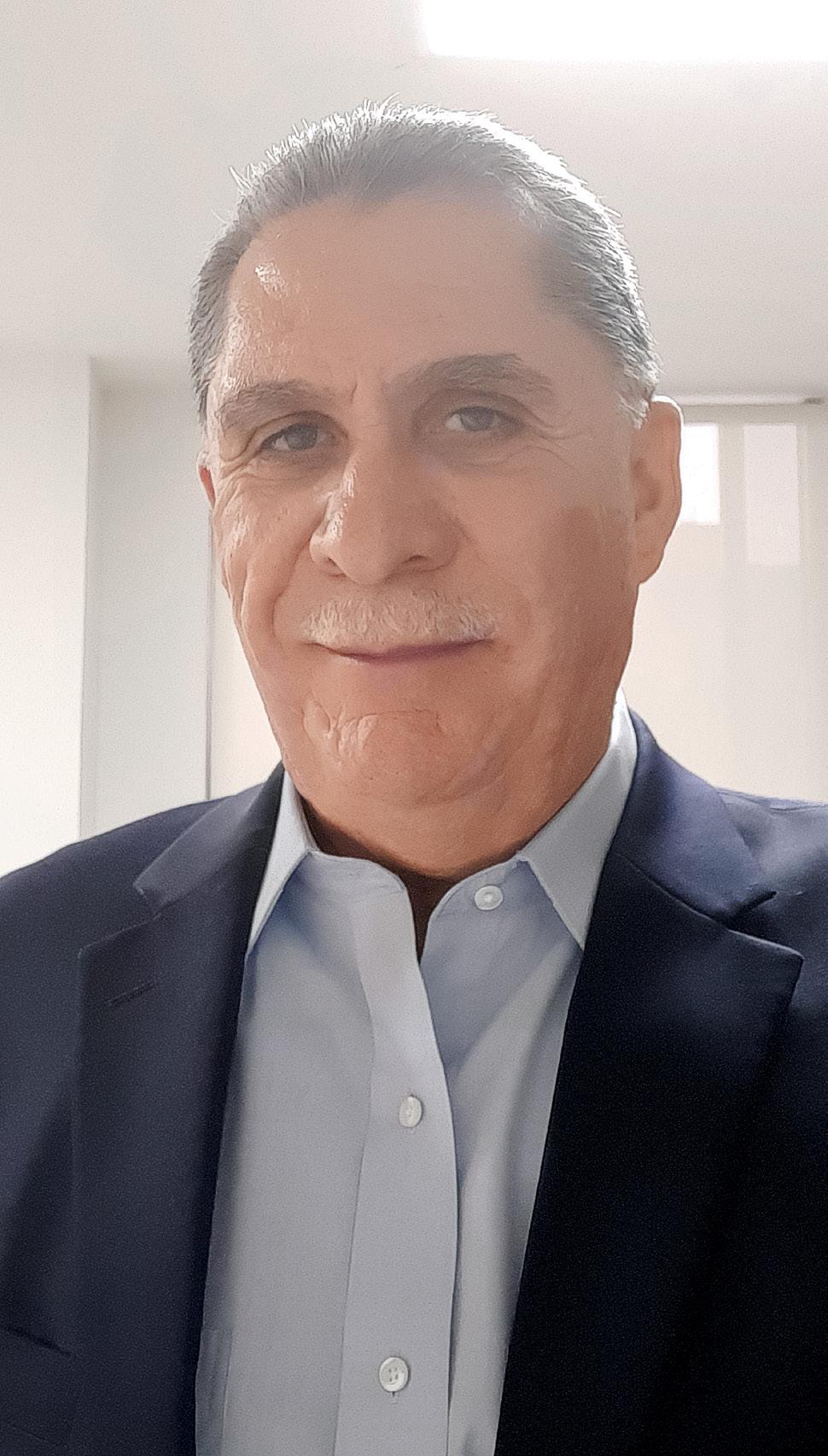
General Manager of Minera Camino Rojo
Camino Rojo Increases Gold Reserves by Over 50 Percent
Read the complete article
More about this person Q: Orla Mining has increased its gold mineral reserves at Camino Rojo by 54 percent. How is this project progressing?
A: We knew we had the additional mineral resources at our property but needed to reach an agreement with our neighbor to have access to their property and reach the deeper mineral within our concession. This was a long and slow process but we were able to reach an agreement that benefited both companies. We are now working on the environmental and regulatory aspects to expand our operation. The great news is that we were able to extend the life of the mine by four years while maintaining the same production rates. It is important to note that the additional mineral is located within our original resources, but we are now able to reach them by stepping out into the neighbor’s property. The additional life added to the current oxide mine plan gives us additional time to conduct studies to explore and test the options to mine the large sulfide mineral resource underneath our current oxides pit footprint, which hosts 7.3Moz of gold in measured and indicated resource categories.
Q: What are your production targets and strategy for Camino Rojo?
A: Our average annual production for the life of the mine will be 94,000oz of gold and 597,000oz of silver during 10.4 years of production as opposed to 6.8 years of mine life of the previous scenario. This additional four years will also give us more flexibility to develop other projects, like the sulfide resource at Camino Rojo, the Cerro Quema in Panama, as well as continuing our exploration programs in both countries. The timeline for the construction of Camino Rojo did not change but there were some delays in permitting due to the pandemic. We expect to have the first pour in the latter part of 2021 and complete the ramp up and fine-tuning of the operation in 1Q22.
Q: What are you most proud of as we move into the second half of 2021?
A: I would say that I am most proud of the quality of people we were able to attract to our team at Camino Rojo. There is a saying that great projects attract great people and this has certainly been the case for us. Despite 2020 being a very difficult year in general, I believe we succeeded in reaching our goals, obtained the necessary permits and commenced the construction of Camino Rojo. This was only possible because we had a team of dedicated people willing to go the extra mile to achieve our objectives. We are now working on our next goal, which is to build a mine and produce the first metal this year.
Q: How is the company’s social responsibility strategy coming along for 2021?
A: Our social responsibility strategy is based on the conviction that we are part of the communities where we operate. We strive to make these communities feel part of the process of building a mine and benefit from it, be it through employment or providing services. They cannot be merely spectators watching us go to work. We have implanted a very good community relations program, based on open and honest communication between them and the company. As part of the initiatives, we are incorporating members of the communities into our workforce or as providers of goods and services.
How Is Your Company Driving Mexican Assets and What Defines Your ESG Approach?
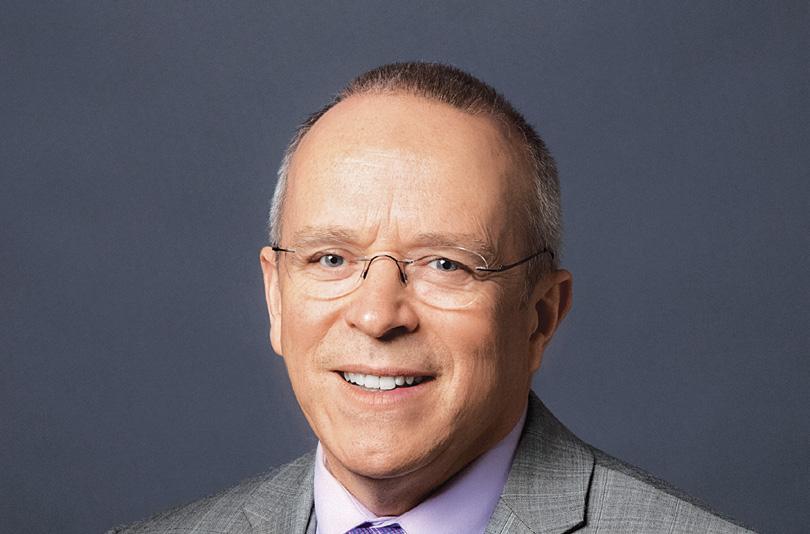
Ralph Shearing
CEO of Telson Mining Corporation
Across the board, assets for many precious metal mining companies in Mexico were strengthened by incorporating technological innovations and establishing ESG criteria. Investors now require that mining operations are thoroughly screened for potential investments. However, after a successful year, there are some issues that are still lingering in regard to development for this year. Mexico Mining Review asked industry experts about their plans to drive their Mexican assets and their ESG approach and practices.
We are producing one mine and building another one. After purchasing one mine, we can now look forward to 2,000 tons p/d production at our new flagship project: Tahuehueto in Durango. It is a district-scale project, which is now 50 percent built. As the company is finalizing funding, it is hoping to complete construction by the end of 2021 and is hoping for US$20 million free cash flows in operations or more. Furthermore, by using Leachox testing, we have improved recoveries from current levels of gold at 15-20 percent and silver at 30-40 percent, which would significantly increase the mines profitability by increasing the ounces of gold and silver produced at Campo Morado.
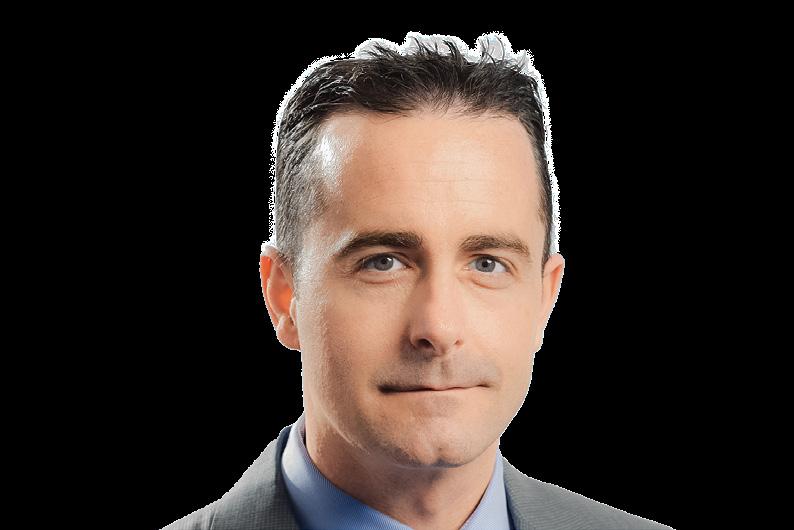
Jason Simpson
CEO of Orla Mining
With resources of over 10Moz of gold in Mexico and Panama, what makes the company tick is the support of its industry veterans, as well as reputable board and partners. But most importantly, we have the support of the communities where we operate. However, there are still some challenges the country faces and there is always room for improvement. For me, Mexico has four out of five stars. For this year, we expect gold to be popular as a hedge against inflation. However, this increased demand also means that precious metals should be extracted such that benefits far exceed the cost.
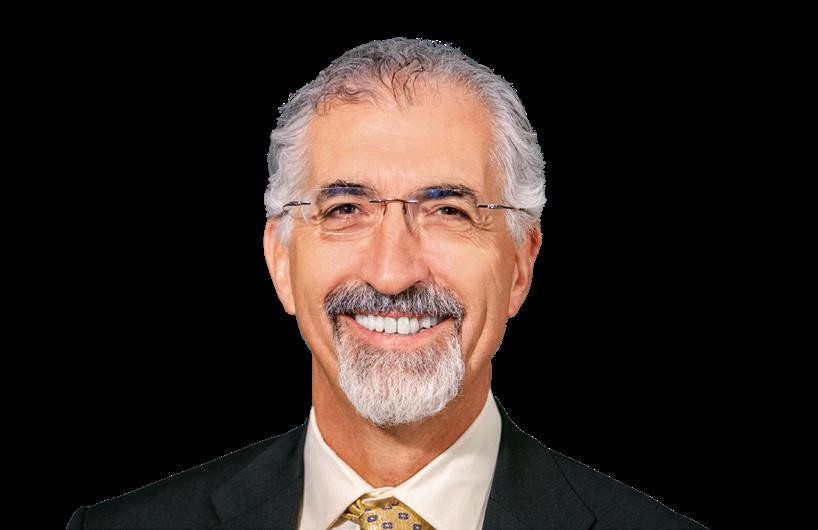
We have two new discoveries that we would like to take into production in Mexico. We already have three operations but we would like to continue exploring. For this year, investors should not worry about demand or Mexico’s potential as most metals entered a bull market in 2020. Gold’s outlook was great because of various value drivers. However, silver, which is both a precious and industrial metal, is expected to outperform gold. Electric vehicles, 5G and solar power will drive a 20 percent growth in demand. Furthermore, mining companies did not recently discover ESG, only investors did. At Endeavour, we have made efforts to build infrastructure while involving the community in the process, making it more than just a handout.
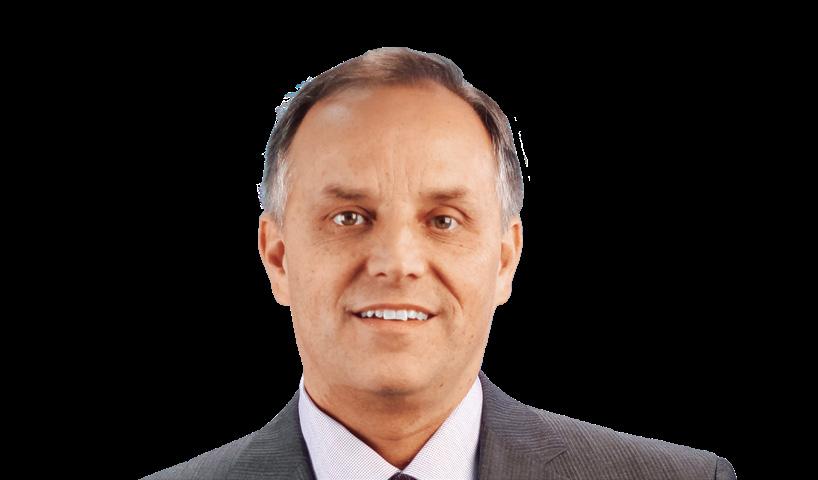
Eric Fier
CEO of SilverCrest Metals
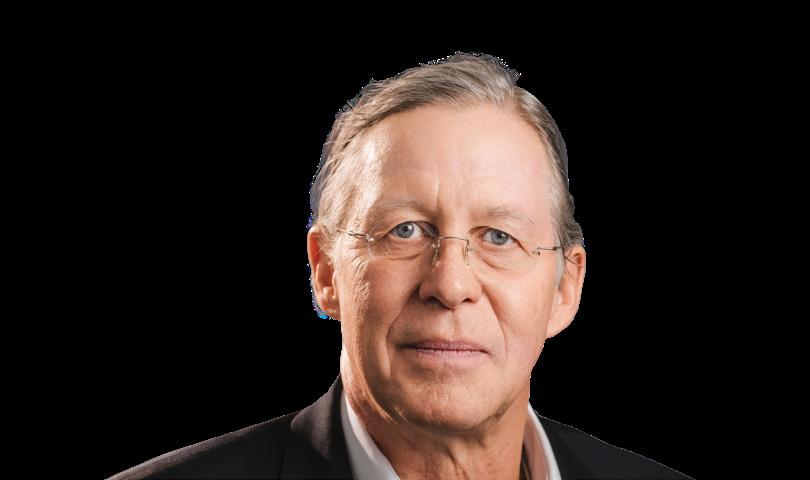
Warren Rehn
CEO of Golden Minerals Company

Taj Singh
CEO of Discovery Metals

SilverCrest is currently building the Las Chispas mine in Sonora, with some of the highest quality silver found worldwide. We are hoping to have US$30 million in revenue by the end of the year and continue exploring other satellite deposits. Regarding ESG practices, the company has a long-existing “qualified” approach toward gender equality, featuring internal targets: 50 percent of its executives are women and 30 percent of the board as well.
We operate Valerdena, the newest gold and silver producer in the country after we started producing the Rodeo open pit mine in January 2021. At our Valerdena mine, a bioxidation plant has boosted gold recovery by using bacteria that metabolize sulfur. The project looks promising, with US$1,000/oz or less in cash cost. Moreover, Mexico’s geography allows low operational costs such as diamond drilling that is one-third of the cost compared to the US and half compared to Argentina. Before the resurfacing of ESG, we had a good relationship with communities and investors in regard to social and environmental issues, but we did not do a very good job in communicating that with the rest of the world.
We are developing Cordero silver in Chihuahua. The company is working a very extensive drill program to expand this resource as it has great potential. We posted over 1 billion oz of silver equivalent and these scalable silver assets are rare. Mining is in Mexico’s blood, especially due to its strong local mining culture. Permitting is clear and straightforward too and environmental considerations were catching up fast. We have not even gone into production but will still do an inaugural ESG report because we believe it is an important area to document.
We are focused on the exploration, development and production of silver at the Cerro Los Gatos mine in Chihuahua, which is now cash-flow positive. This year, the company listed its IPO on both the NYSE and TSX. Heat is coming up after drilling of the Cerro Los Gatos mine caused significant issues. These were dealt with by building a refrigeration plant, which made a huge difference in productivity. The importance of ESG is high, whether it is the latest trend or not. We believe that we have an obligation to improve people’s lives. Although one of our projects only had one nearby ejido, we built a hospital that is now staffed by health personnel provided by the local government and that has now become a regional clinic.
Luis Felipe Medina
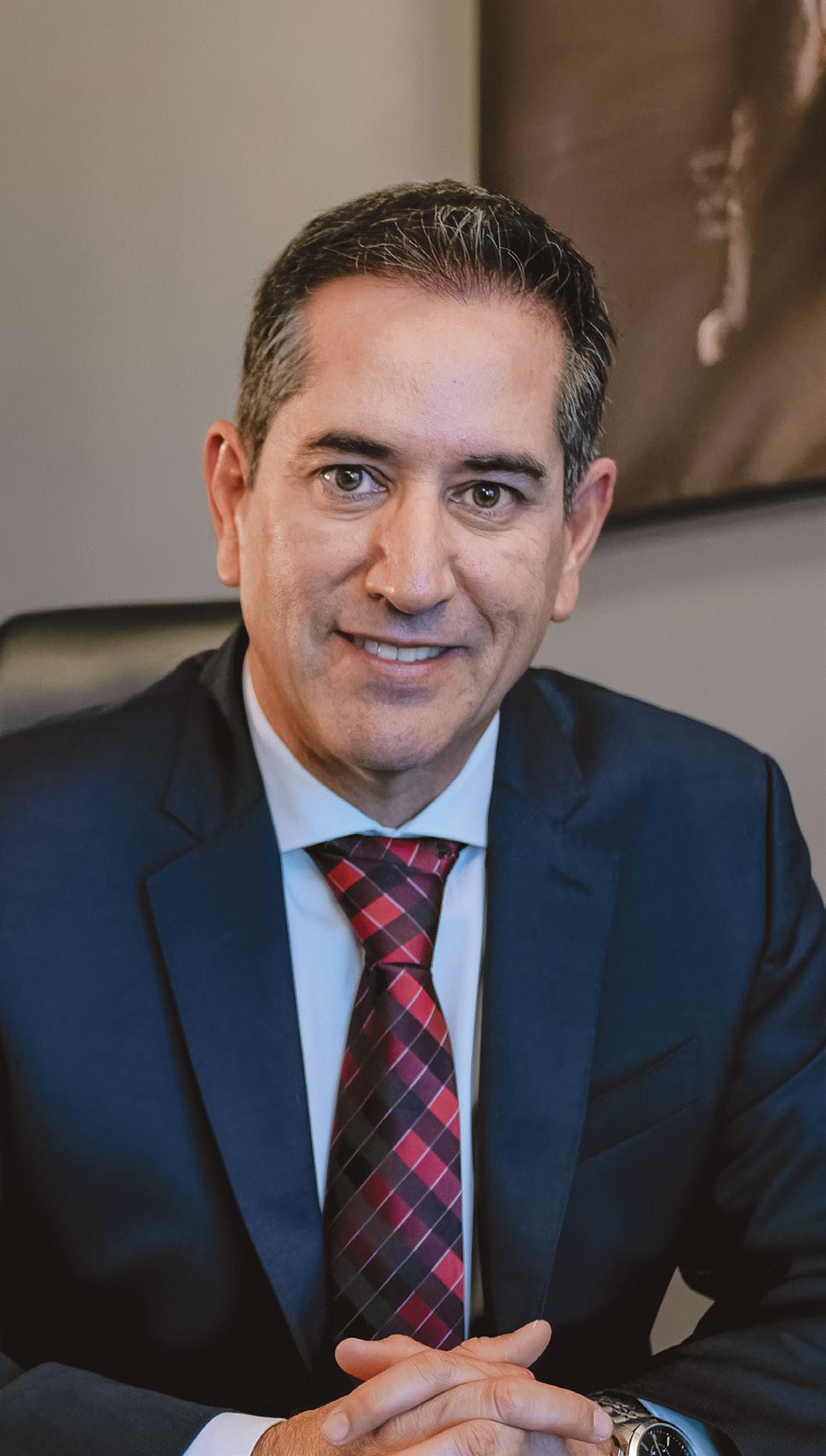
Director General of Agnico Eagle Mexico
Agnico Eagle: Top Engineering for Enhanced Sustainability
Q: How can stakeholders in Mexico’s mining industry engage in a beneficial dialogue?
A: Information is the basis for dialogue and decision-making but it is important that all parties have access to the same information. Many times, we see discrepancies between data that is provided, and the problem is that there is no external organization that evaluates which data corresponds to reality.
We need a neutral and authorized entity that creates common ground and offers the opportunity for all stakeholders to engage in dialogue. An independent mining observer, a mining roundtable to encourage dialogue or another thirdparty figure could be good options.
Q: What are the main pillars of Agnico Eagle’s exploration strategy in Mexico?
A: Our highest priority is to increase the life span of our operations. They are located in jurisdictions that we already know and trust. Where we have mines, we also have a sizeable workforce and all necessary infrastructure set in place. The success of this exploration strategy can be seen at Pinos Altos. According to the feasibility study, this operation was originally expected to be closed in 2019. However, the life of the mine has been extended to 2025 and we are working to extend it to 2027. Our La India operation had 900,000oz when we acquired it. Through systematic exploration, we have increased this figure to 1.5 Moz.
Another example is the Creston Mascota project, which began operations in 2011. The life of the mine was originally expected to be four years, adding 40,000oz of gold per year to the larger mine it belongs to. It is now reaching its operational life cycle and has doubled the company’s expectations. Near Creston Mascota, a deposit was found that we hope to incorporate into our mining plans in 2021, increasing the life of Pinos Altos.
In 2017, we acquired Santa Gertrudis, a gold property 180km from Hermosillo. It produced interesting drilling results and in 2020, approximately 20,000m of drilling were developed. The results invite us to continue exploring and when we have a feasibility study, we will decide if we proceed to the next stage. Santa Gertrudis will remain an exploration project for the next few years.
Q: What was it like to turn Pinos Altos into an underground mine and how will the experience help Sinter with its own transition to underground mining?
A: The transition did not happen all at once. It was in the mine plan from the beginning and we had plenty of time to prepare for it. When the project started, almost 80 percent of the production going to the mill came from the open-pit mine. That has gradually changed. Now, the production from the underground mine contributes more than 90 percent of the total.
The success of Pinos Altos’ transition is the result of planning based on a thorough exploration of the deposit. We are deploying the same strategy at Sinter, a new deposit at Pinos
Altos. Sinter’s ore body was not in the original Pinos Altos plan but our exploration team identified its potential and we have incorporated it. Underground mining there will be different from Pinos Altos. The grades are lower and the veins are narrower, but Sinter is strategically attractive because it gives us mining flexibility, which is crucial in underground operations.
Mines sometimes get all their production from one body but if there is a problem, an alternative source of ore is needed while the problem is being solved. The key is to have options. Sinter fits that role.
Q: What are the main elements of Agnico Eagle’s ESG strategy?
A: We base our ESG efforts in Mexico on four pillars. First, respect for co-workers. We need professionals to trust us and choose us as their best option. Second, being environmentally responsible. In 2020, Pinos Altos won an award for excellence in environmental restoration from the Mining Association of Canada. The third pillar is safety, a condition that must be guaranteed for workers. We are responsible for providing training to our workers as part of a safety culture. Furthermore, the person in charge of our tailings facilities has a direct line to the board of directors. That kind of transparency ensures safety in our operations. Fourth, we have to understand our communities and be good neighbors. Even if we bring jobs and development, we must be humble and respect our communities. Community involvement has to be multilateral.
Q: How will Agnico Eagle’s new leaching platform in La India strengthen your sustainability strategy?
A: La India consists of three leach pads, each with its own life span. Our team was faced with the complexity of building a leach pad on the steep slopes of the mountain range. Looking at options, the idea of building the leach pad extension on a pit that had already served its useful life was born. The complexity level was high, but our engineers were able to build the project.
We will reuse an area that has already been part of our mining operations. It is an innovative approach for repurposing construction spaces and optimizing areas. For this project, we consulted external experts with experience in geotechnical engineering who are supporting our team and validating the safety and viability of the team’s ideas. At Pinos Altos, we are doing something similar: the first pit we built is being filled in with tailings, instead of building a new dam elsewhere.
Read the complete article
More about this person
Naresh Singh
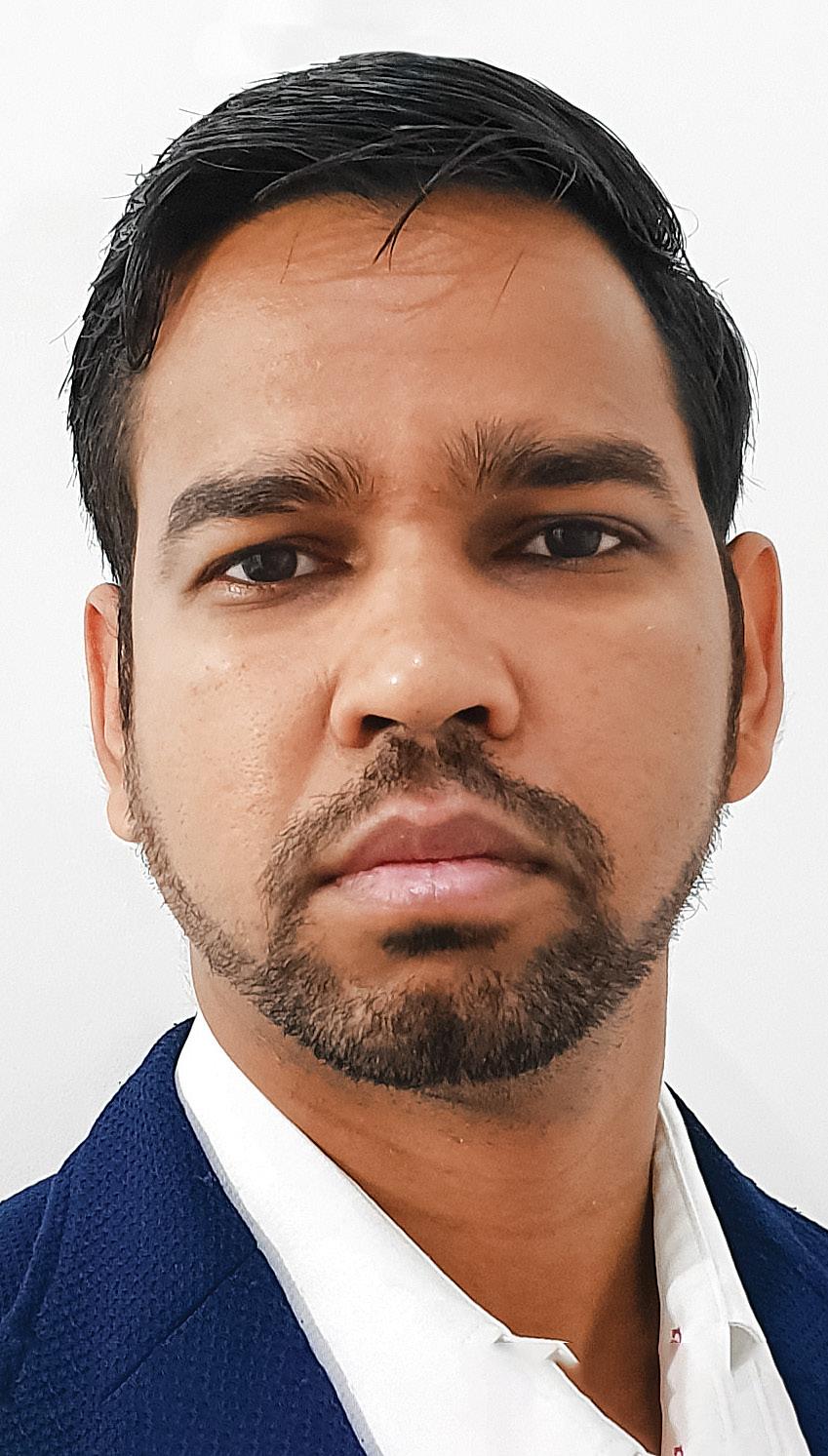
Country Manager of IMR
From Greenfield Projects to Highly Profitable Mining Operations
Read the complete article
More about this company Q: Why did IMR choose Mexico and what are the company’s plans in the country?
A: Our first objective was to enter the iron ore mining market. Since IMR Global is primarily a steel and raw materials trading company, we saw the opportunity to extract iron ore. However, iron ore prices are not very stable and that is why we began to participate in the precious and base metals markets as well.
Currently, we are exploring two projects and developing a mine. Our goal for this year is to further develop the mine and start production in July. In addition, we will complete exploration and technical studies in another two projects. By the end of 2021, we expect to have a producing mine and two projects ready for development.
Q: How does the company choose greenfield projects and turn them into highly profitable mining operations?
A: IMR has several teams, including one focused on technical study and exploration. We acquire projects that have some drill samples and surface samples that demonstrate the presence of minerals. In addition, a preliminary study has to be conducted.
After finishing preliminary technical studies, if the project is acquired then we go for geophysical and geochemical explorations followed by drilling programs to prepare a detailed technical study. If the project is feasible, we can turn it into a profitable mining operation in three years for small and medium mines.
Q: How has the development of the company’s La Perla project advanced?
A: La Perla is a large project where we have several mines. We expect to start production in one of these mines, while exploring others. One of its advantages is that this mine is very close to the city of Hermosillo and it has been a strategic location for us since there is a skilled workforce available close by.
Regarding the disadvantages, we thought we would find similar mineral resources. However, this was not the case and we were not able to use our processing plant as planned. The new areas require a different processing plant. As a result, one of our main investment requirements is the processing plant that is being installed in a small mine called Oro Fino in La Perla and the investment required to finish exploration in other areas.
Q: What are the company’s goals for 2021?
A: We want to acquire a new project. We are looking for precious metals or a polymetallic mining project, preferably in the state of Sonora. However, we know that most of the polymetallic underground mines in Mexico are located in Zacatecas, Chihuahua, Durango and San Luis Potosi. As a result, we are looking for small and medium-sized projects in the north central part of the country, which we hope to find in 2021.
Cerro Caliche a Potential Dynamo
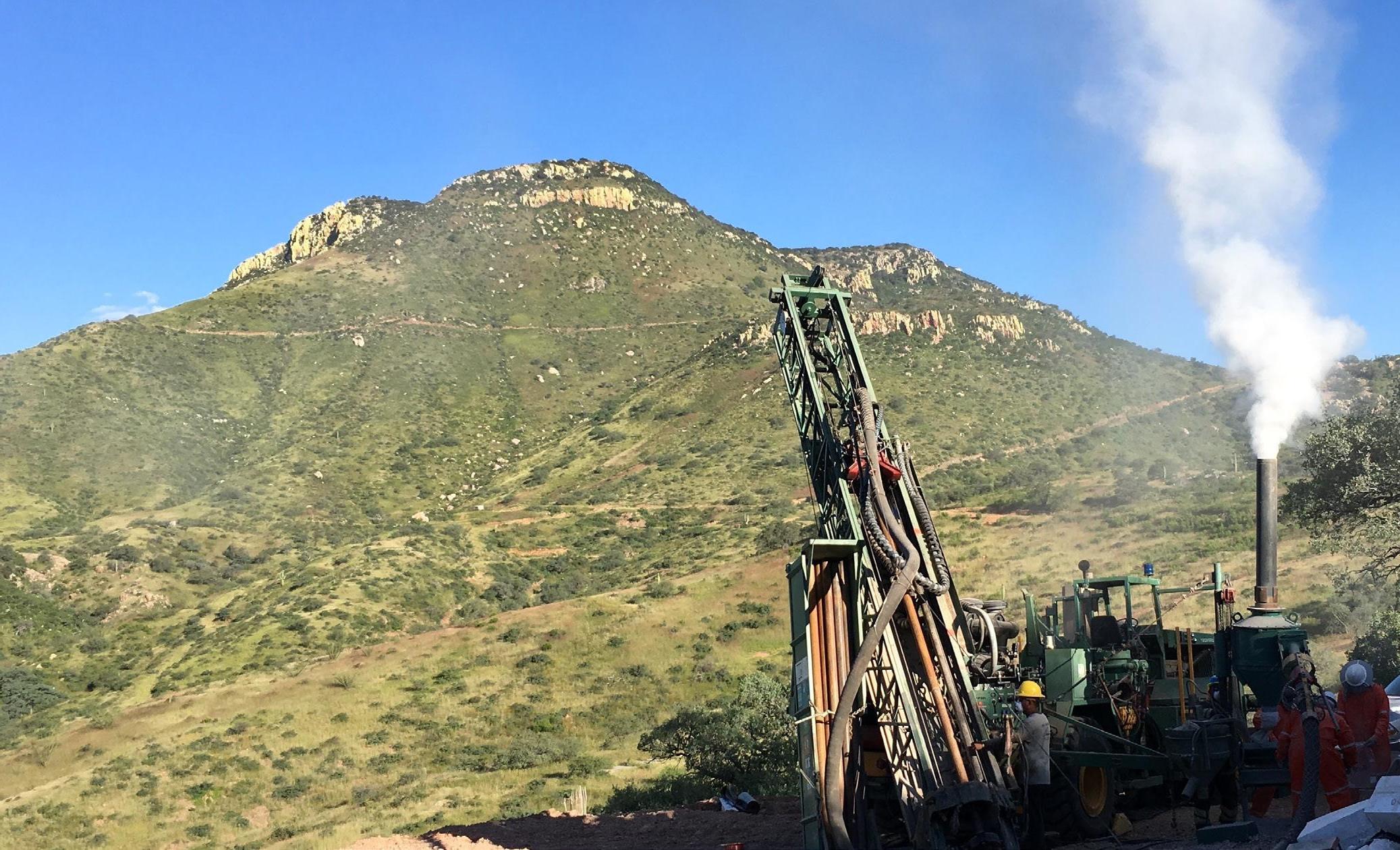
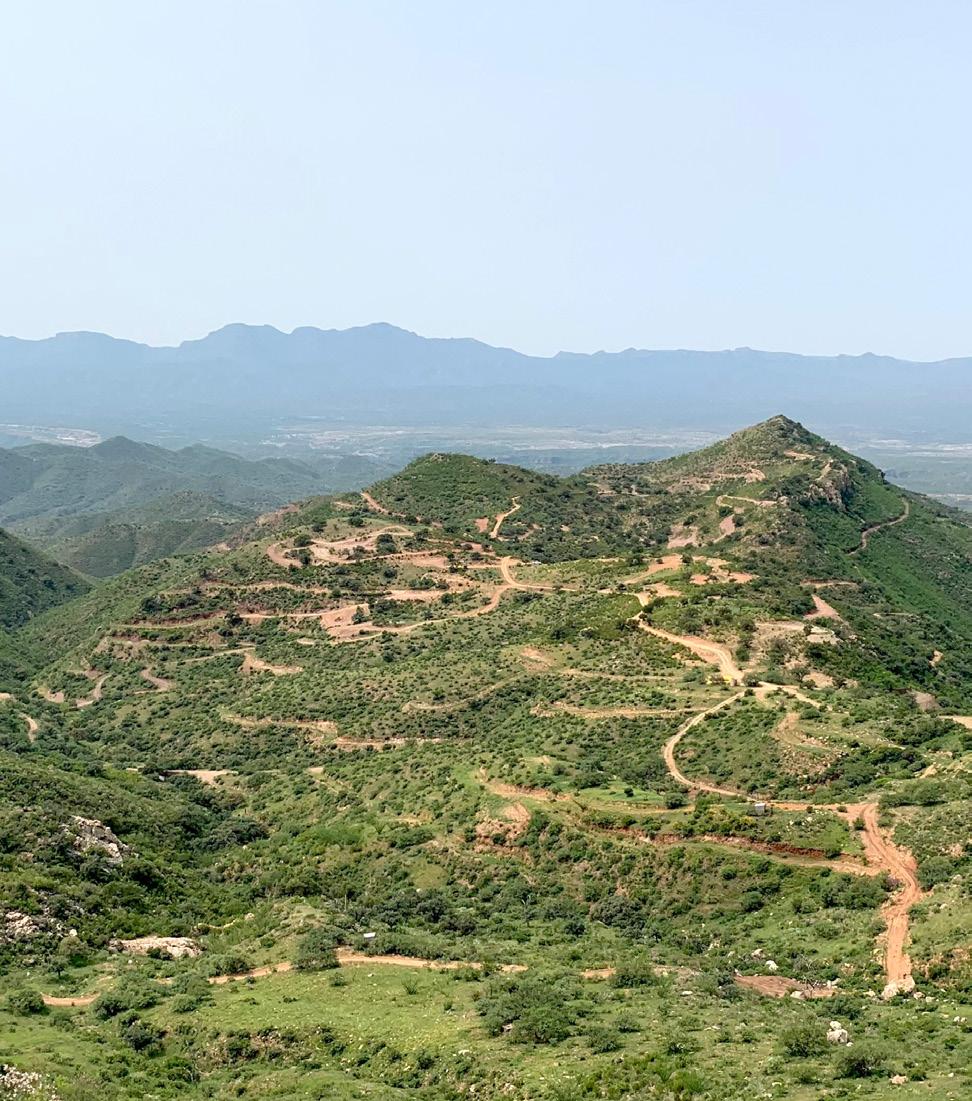
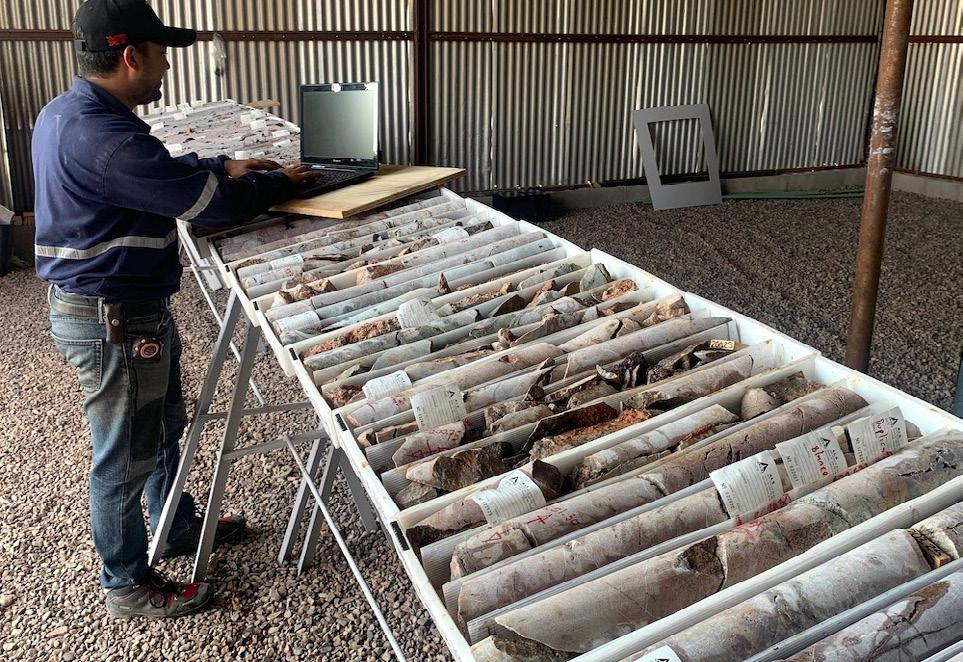
The development of the Cerro Caliche mine is expected to be a cash-flow catalyst for Sonoro Gold Corp. The company’s flagship mine is expected to enter production next year and drilling results suggest a major windfall is on the way.
Cerro Caliche has exceptional exploration potential that could bring its resources into the Au range of 2Moz. Over 14,000m have been drilled since September, with outstanding drill intercepts, while additional gold zones have also been established. The completion of a new resource estimate is scheduled for April-May, which is expected to reflect a substantial increase in gold resources.
Kenneth MacLeod, President and CEO of Sonoro, explained that according to internal calculations, the already established resource supported an operation of 15,000t/d, which means that 20,000t/d is possible. MacLeod also estimated the CAPEX and the startup would not exceed US$12 million, adding that using the estimated revenue from 15,000t/d would ensure a swift CAPEX payback period of 91 days.
Moreover, it is reasonable to expect an AISC cash cost in the range of US$1,200/oz of gold. Using a gold price of US$1,700/oz, and a gold price of US$500/oz in terms of profit margin, results in free cash flow of US$132,321.00/d. Multiplied by 330 business days, free cash flow would be US$43.665 million per year.
The Sonoro team has 40 years of experience in developing successful mines and Cerro Caliche appears ready to join the list.
Expert Guidance for Building an Integral Mining Project in Mexico
Mexico Mining Forum 2021
Addressing Legal Challenges, Minimizing Risks
Citlali Pérez Partner at Jáuregui y Del Valle, S.C.
Environmental Consultants Emphasize Mining’s Contributions
César Fernández Owner of CIMA Consultoría Ambiental
Mexico’s Lithium Misconceptions and Facts
Armando Alatorre President of College of Mining Engineers, Metallurgists and Geologists of Mexico


